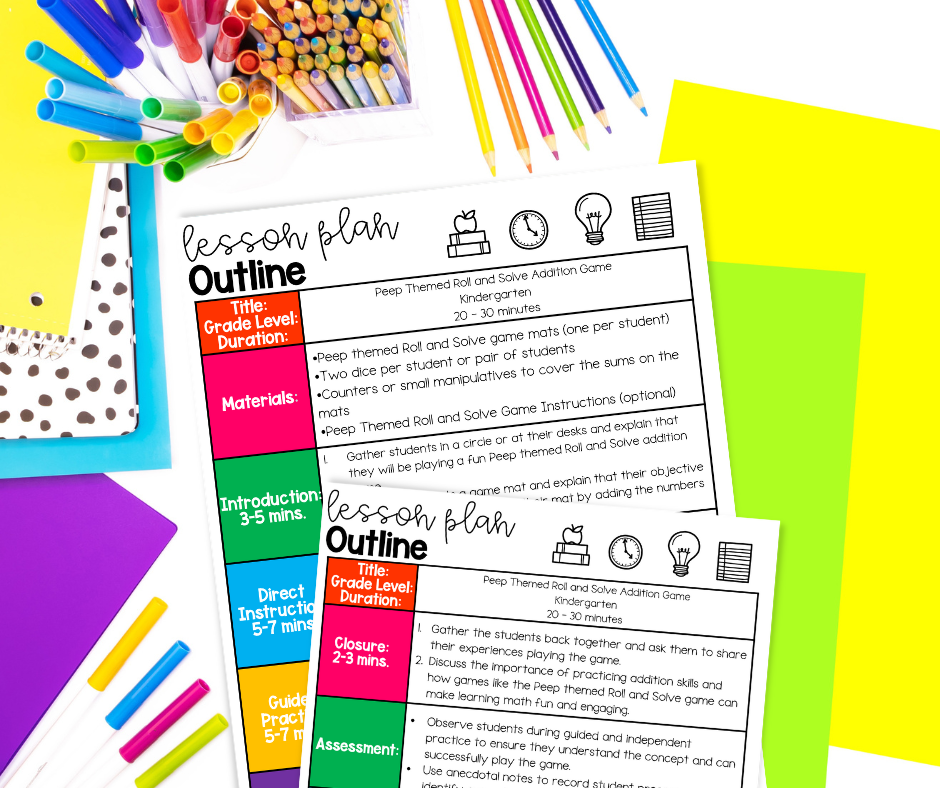
Let’s explore Phonics to Fluency in Guided Writing. Reading fluency is an essential component of literacy development, and it is critical for academic success.
Research shows that students who read fluently are better able to comprehend what they are reading.
They are also more likely to be motivated to read.
One of the keys to developing reading fluency is teaching phonics and word recognition for successful decoding skills.
Phonics instruction focuses on the relationship between sounds and letters, and it helps students develop the skills they need to read words accurately and quickly.
As educators, we are always looking for research-based strategies for teaching reading that will help our students succeed.
Phonics instruction is one of those strategies. In fact, the National Reading Panel has identified phonics instruction as a critical component of effective reading instruction.
By teaching phonics, students learn how to decode words, which in turn helps them read fluently.
However, it is not enough to simply teach phonics in isolation. To be effective, phonics instruction must be integrated with other reading skills and strategies, including guided writing.
Guided writing provides students with opportunities to practice their reading and writing skills in a supportive, structured environment.
By incorporating phonics strategies into guided writing lessons, we can help struggling readers develop the decoding skills they need to become fluent readers.
In this blog post, we will explore the importance of phonics for reading fluency and provide some practical strategies for teaching phonics and word recognition.
We will also discuss how guided writing can be used to reinforce phonics instruction and support the development of reading fluency in struggling readers.
Phonics instruction is a research-based strategy for teaching reading and writing. It involves teaching students to recognize and decode words by understanding the relationship between sounds and letters.
The goal of phonics instruction is to help students become proficient readers and writers by giving them the tools they need to decode words accurately and quickly.
Effective phonics instruction begins with teaching phonemic awareness, or the ability to hear and manipulate sounds in words.
Once students have developed phonemic awareness, they can begin to learn the sounds that are associated with each letter or letter combination.
This includes teaching students about letter-sound relationships, syllable patterns, and common prefixes and suffixes.
To teach phonics and word recognition for successful decoding skills, you may use a variety of strategies, such as explicit instruction, modeling, and guided practice.
Explicit instruction involves breaking down phonics concepts into smaller parts and teaching them step-by-step.
Word mapping mats are a hands-on and easy prep activity to use when modeling this skill.
Modeling involves showing students how to apply phonics strategies in context.
Guided practice involves providing students with opportunities to practice phonics skills in a supportive, structured environment.
For struggling readers, phonics instruction may need to be tailored to their specific needs.
Some struggling readers may benefit from a multisensory approach to phonics instruction, which involves using multiple senses (such as sight, sound, and touch) to teach phonics skills.
Other struggling readers may benefit from additional support, such as small-group instruction or one-on-one tutoring.
Overall, phonics instruction is a critical component of effective reading and writing instruction.
By teaching phonics and word recognition for successful decoding skills, you can help students develop the skills they need to become proficient readers and writers.
And by using phonics strategies for struggling readers, you can support the development of reading fluency in all students.
Phonics instruction is a vital component of teaching reading.
Research-based strategies for teaching reading consistently emphasize the importance of phonics and word recognition for successful decoding skills.
Without a solid foundation in phonics, students may struggle to read and comprehend text, leading to frustration and disengagement from reading.
Phonics instruction is essential for developing reading fluency. Fluent readers are able to read quickly and accurately, allowing them to focus on comprehension rather than decoding.
Phonics instruction helps students develop the skills they need to become fluent readers, including the ability to decode unfamiliar words and recognize common patterns and word families.
For struggling readers, phonics instruction is even more critical.
Phonics strategies for struggling readers can provide the additional support they need to become proficient readers.
With targeted instruction and support, struggling readers can develop the decoding skills they need to become fluent readers.
Incorporating phonics instruction into guided writing can be especially effective in helping students develop reading fluency.
By practicing phonics skills in the context of writing, students can see the connection between phonics and meaningful text.
This can help students transfer their phonics skills to reading, leading to improved reading fluency.
In conclusion, phonics instruction is a crucial component of effective reading instruction.
Teaching phonics and word recognition for successful decoding skills can help students develop the skills they need to become fluent readers and writers.
For struggling readers, phonics strategies can provide the additional support they need to develop reading fluency.
By incorporating phonics instruction into guided writing, you can help students connect phonics to fluency and develop the skills they need for academic success.
Phonics instruction not only helps students become proficient readers but also helps them become proficient writers.
Research-based strategies for teaching reading consistently emphasize the importance of phonics and word recognition for successful decoding skills.
This in turn leads to improved writing skills.
Teaching phonics and word recognition for successful decoding skills helps students understand the structure of written language.
This includes the relationships between sounds and letters.
This understanding can help students develop spelling and writing skills, as they are better able to sound out and spell words correctly.
Phonics instruction can also help struggling writers. Phonics strategies for struggling readers can provide the additional support they need to become better writers.
If you are struggling to find ways to support students who struggle with letter formation, letter formation practice combined with directed drawing can be a game-changer for students.
By improving their phonics skills, struggling writers can more easily decode and spell words, allowing them to focus on the content of their writing.
Incorporating phonics instruction into guided writing can be especially effective in helping students develop writing skills.
By practicing phonics skills in the context of writing, students can see the connection between phonics and meaningful text.
This can help them develop their spelling, vocabulary, and writing skills simultaneously.
In conclusion, phonics instruction is an essential component of effective writing instruction.
Teaching phonics and word recognition for successful decoding skills can help students develop the skills they need to become proficient readers and writers.
For struggling writers, phonics strategies can provide the additional support they need to improve their writing skills.
By incorporating phonics instruction into guided writing, teachers can help students connect phonics to writing and develop the skills they need for academic success.
Phonics instruction plays a crucial role in enhancing a student’s reading fluency.
By teaching students the sounds and spelling patterns, you can help them decode and read unfamiliar words more quickly and accurately.
This, in turn, leads to increased reading fluency and comprehension.
Incorporating phonics instruction into guided writing lessons can be a powerful way to help students develop their reading fluency.
By practicing phonics skills in the context of writing, your students can see how phonics can be used to create meaningful text.
This helps students connect phonics to fluency and understand the importance of phonics instruction in reading and writing.
Moreover, using guided writing as a platform for phonics instruction can also provide opportunities for students to practice spelling, vocabulary, and sentence structure.
All of which contribute to improved reading fluency.
This integrated approach to teaching reading and writing allows students to develop their skills holistically.
This will ultimately lead to improved academic outcomes.
In summary, phonics instruction is critical for developing reading fluency.
Incorporating it into guided writing lessons can be an effective way to support student learning.
By connecting phonics to fluency, you can help students develop the skills they need to become proficient readers and writers.
With targeted instruction and support, phonics to fluency is achievable for all students, regardless of their level of ability.
Overall, phonics instruction is a critical component of effective reading and writing instruction.

Phonics to Fluency

It brings me so much joy creating high-quality, hands-on, research based Literacy and Math resources that are both engaging for students and save YOU time!

Let me give you some time back!
Just tell me where to send them…


I’d love to connect and get to know more about you!
Join the Phonics to Fluency community and connect, collaborate, and grow alongside other dedicated K-1 teachers and homeschool parents in our exclusive Facebook group.
© 2023 PHONICS TO FLUENCY | ALL RIGHTS RESERVED | SITE DESIGN BY AMY REIS CREATIVE
Subscribe to get a coupon code for 15% off your first purchase. PLUS receive regular updates and offers in the Phonics to Fluency newsletter,